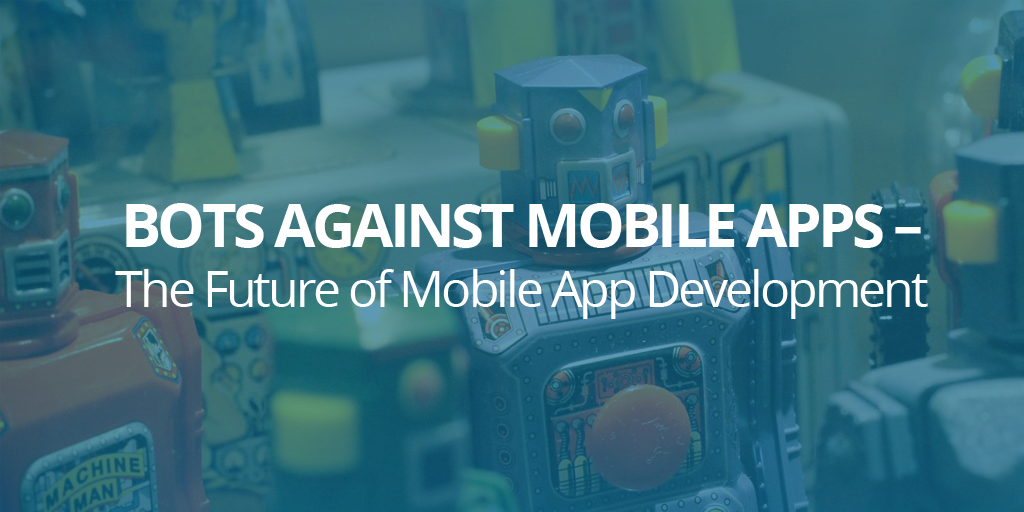Will apps soon be a thing of the past? The mobile world has seen an explosive pace of development ever since its inception, and today, we are looking at the next step in app evolution: the bot. Bots, or chatbots, operate within messaging platforms that enable the use of third-party services within their own interfaces. We’re talking platforms like Facebook, Slack, Line, Telegram, WeChat and the like.
So why is the bot considered the new app? Well, a vast majority of smartphone owners interact with just a handful of apps, with messaging apps being the biggest time sink. This seems to coincide with previous technological trends, where the browser replaced the desktop OS, and mobile apps replaced the browser. These messaging apps have become big enough to home content, video, music, and utility apps. Bots will take this trend even further and replace these smaller apps altogether. Bots will not only be able to understand textual commands from humans, but they will also be able to learn. Sounds crazy, right?
The Different Types of Bots
Just like you have e-commerce apps, you can have e-commerce bots, which enable you to buy goods and services. You can have food bots which order dinner, and content bots which share relevant articles. There are weather bots that can notify you of weather related events, such as your flight being canceled. Banking bots can engage in financial transactions, wguke workflow bots can help streamline work processes in business, HR, sales, administration, etc. Some bots can provide charts, while others can handle the IoT devices in your home. Sounds a bit much doesn’t it? Well, don’t worry, there’s a bot for that as well. The personal assistant bot will help coordinate and prioritize all the other bots and ensure that everything is running smoothly based on what it learned from your inputs.
The Human-Bot Interface
In order for bots to function under this wide range of use cases, the human-bot interface needs to be rethought. Humans send messages in what is called natural language; in other words, a conversational tone that carries with it subtext, inflection and a variety of subtleties. The bot does not have the context to comprehend natural language, or at least not without a series of queries.
This is where smart messaging comes in. The bots will present and request information in a structured format that it can understand quickly. This type of messaging is similar to filling out a form, but given the bots framework, much of the form will be taken contextually either from previous interactions you have had with the bot, or from the cloud, where bots share information among themselves.
Basically, bots act as self-replicating computer code that evolves and learns from itself and the interactions it has with the input parameters. Once bots are connected to the cloud, they can be automatically updated, they can chain together and perform actions in sequence, and they can even create bot hierarchies where authority and function is delegated throughout the chain.


